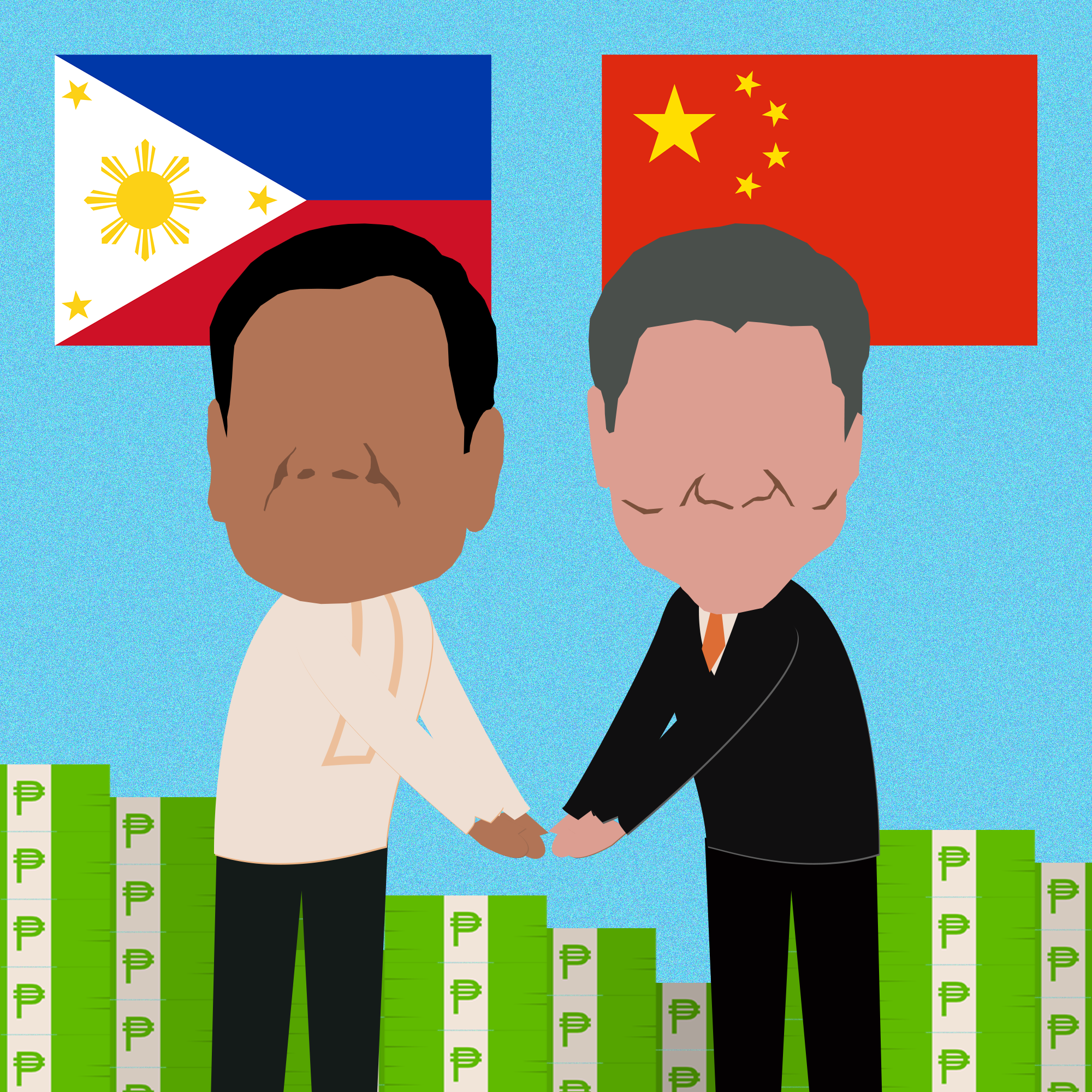In 2019 alone, the country experienced prolonged drought due to El Niño, six strong earthquakes and 21 tropical cyclones. The year 2020 also saw natural calamities hitting the country, from the Taal volcano eruption that affected 26,294 families to the recent typhoons Quinta and Rolly. These have all repeatedly and increasingly caused damage on the people’s lives and livelihoods – but is the Philippines equipped to handle natural disasters? Has it learned from Typhoon Yolanda?
The latest National Disaster Risk Reduction and Management Council (NDRRMC) situation report on Typhoon Rolly shows that around 532,794 families were affected in Regions II, III, CALABARZON, MIMAROPA, Region V, and NCR. Around 142,475 families were relocated to evacuation centers. Most affected families or 76% of the total are in Region V.
Lesser budget for disaster response
For the Duterte administration, disaster response is not a priority. In the current 2020 national budget, the NDRRMC Fund or Calamity Fund was only given Php16 billion, a Php4 billion decline from its Php20 billion or 0.5% share in the 2019 national budget. There was slightly more for quick reaction funds from Php6.3 billion to Php6.8 billion. Php20 billion is proposed for the NDRRMC in the 2021 national budget which is only 0.4% of the total budget.
This amount proposed for calamity response is only slightly more than the Php19 billion being asked for the National Task Force to End Local Communism and Armed Conflict (NTF-ELCAC). The NTF-ELCAC is earning notoriety for red-tagging cause-oriented and socially-concerned individuals and groups, including development institutions. Groups assert that these funds are better spent on more urgent social services, support for MSMEs, and also disaster response.
Meanwhile, only five of the 104 Infrastructure Flagship Projects of the government’s Build Build Build program are directly related to flood management and seismic improvement. Located in the NCR, Luzon and Mindanao, these are the Integrated Disaster Risk Reduction and Climate Change Adaptation Measures in the Low-Lying Areas of Pampanga Bay, Ambal Simuay River and Rio Grande de Mindanao River Flood Control Projects, Pasig-Marikina River Channel Improvement Phase IV, Cavite Industrial Area Flood Management Program, and the Metro Manila Priority Bridges for Seismic Improvement Project.
This shows how little consideration the government has for the Philippines being so calamity-prone. The country ranked ninth among countries with the highest disaster risk in the World Risk Report 2019. An average of twenty tropical cyclones enters its area of responsibility every year, with an average of eight to nine making landfall. Meanwhile, the Global Facility for Disaster Reduction and Recovery (GFDRR) reports that 74% of the country’s population is vulnerable to natural disasters.
Building back better?
The National Disaster Risk Reduction and Management Plan (NDRRMP) 2011-2028 highlighted the need for continuing budget appropriation for DRR from the national level down to local levels. The NDRRMP’s goal of “safer, adaptive, and disaster resilient Filipino communities towards sustainable development” is supposedly achieved in 4 priority areas: disaster prevention and mitigation, disaster preparedness, disaster response, and disaster recovery and rehabilitation.
Disaster prevention and mitigation is reducing vulnerabilities and exposure of communities to disasters. Disaster preparedness is establishing and strengthening communities to cope and recover from natural disasters. Disaster response is providing assistance that is life saving and meets the needs of the community based on acceptable standards after a disaster. Disaster rehabilitation and recovery is restoring and improving lives of communities after a disaster based on the “building back better principle”.
The building back better principle is based on the post-tsunami rehabilitation mechanism of the UN Special Envoy for Tsunami, and former US president, Bill Clinton. The Concept of Build Back Better was previously applied in other disaster-hit countries such as after the earthquake in Kashmir (Pakistan), Cyclone Nargis in Myanmar, the massive earthquake in Haiti, and typhoon Yolanda.
Haiti’s experience with Build Back Better created opportunities for big corporations to construct hotels and industrial parks. However, four years later, there were still not enough houses for survivors with many still sheltered in camps. In the Philippines, the experience in Eastern Visayas is of the Leyte Tide Embankment Project being used as a tourist attraction to lure investors while displacing Yolanda survivors.
The extensive seawall supposedly protects Yolanda-affected areas from future storm surges. Palo town Mayor Remedios Petilla has spoken about how the Tide Embankment Project opens the province to tourism opportunities and brings development. But when the government declared a 40-meter “no dwelling zone” or NDZ in Yolanda-affected areas, the Center for Environmental Concerns (CEC) estimated that some 10,000 families were prevented from returning to their homes along the shoreline. Fisherfolk were also denied access to their fishing grounds.
Activists protesting the controversial project were rounded-up and arrested en masse last year. As of end 2019, the Tide Embankment Project was completed but not without another controversy. Its DPWH implementors have a case pending at the Office of the Ombudsman for unlawfully disqualifying respondents from the bidding process.
Lessons learned or forgotten?
There is no proof that the government’s Build Back Better framework works. If the same mantra is used when rehabilitating Catanduanes, there is basis for concern that this may lead to tourism projects being prioritized over helping displaced communities recover their lives and livelihoods.
The government needs to release more funds not just for disaster response but for authentic recovery and rehabilitation. Funds for this can come from lump-sum funds or even funding from other irrelevant programs such as the NTF-ELCAC and non-urgent transportation infrastructure.
In the long-term, government should invest in building genuinely sustainable communities. This means strengthening the core livelihoods and services in calamity-prone regions, especially as part of an over-all approach of a broad-based and independent domestic economy. This, instead of profit-oriented rehabilitation plans like in the cases of Haiti and Eastern Visayas. Infrastructure development that is geared towards profitability contradicts and undermines how infrastructure should most of all be for community empowerment and genuine poverty alleviation.






